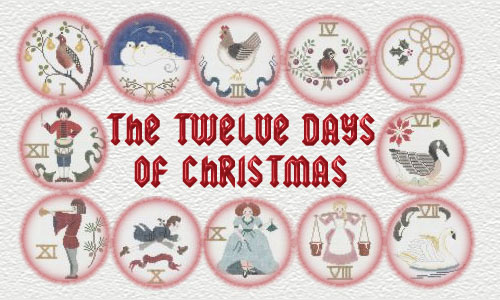
|
The "Twelve Days of Christmas" are the twelve days between Christmas and Epiphany (January 6th) when, it is believed, the Three Wise Men
arrived upon the scene of the nativity. The world in general celebrates Christmas for only one day, but the Church celebrates the event for twelve days
because it is believed that the gift of Christ is with all people for twelve months of the year. The musical origin of "The Twelve Days of Christmas" is that of a "catechism song." Between the years 1558 and 1829, those of the Catholic belief in England were prohibited from practicing their faith, either publicly or privately. Without regular mass, sacraments, or catechism lessons from the priest, there was little parents could do to help their children learn and remember the aspects of Catholicism. "The Twelve Days of Christmas" was created in order to keep Catholic beliefs alive. The song served as a memory aid, to help young Catholics learn the tenets of their faith during a time when to be in possession of any "writing" which indicated adherence to the Catholic faith could not only get a person imprisoned, but could also mean death by hanging alone, or by being "hung, drawn and quartered," a particularly brutal and violent method of execution. Since the words to the song appeared little more than rhyming nonsense, however, it could be sung by young Catholics without fear of retribution. Since the catecism to which it referred was rather ecumenical, the song could probably be claimed as Protestant in religious tone, if questions happened to be forthcoming. In a sense, "The Twelve Days of Christmas" is an allegory with each of the items contained within the words a symbol of something which bears religious significance The gifts referenced contain hidden meanings to the teachings of the Catholic faith. The "true love" mentioned does not refer to an earthly suitor, but was meant to represent God Himself. The "me" who is the receipient of the presents was intended to symbolize every person who had been baptized into the Catholic faith. |
 
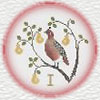
 "A partridge in a pear tree" is Jesus Christ, the Son of God. Christ is symbolically presented as a mother partridge in memory of the expression of Christ's sadness over the fate of Jerusalem: "Jerusalem! Jerusalem! How often would I have sheltered thee under my wings, as a hen does her chicks, but thou wouldst not have it so...." A mother partridge will feign injury in order to decoy predators from her helpless nestlings. Children hearing these words would know...and understand...the parallel between the acts of this mother bird and the sacrifice of Christ. In other words, it was representative of the one true God revealed in the person of Jesus Christ. Some believe this to also be significant of the "tree" upon which Christ was crucified. In ancient times, a partridge was often used as a mythological symbol of a divine and sacred king. 
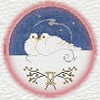
 "Two turtle doves" are the Old and New Testaments gifts from God. Since the dove symbolizes peace, it was believed that the Gospel contained in these two scriptures, when practiced, would bring peace. 

 "Three French hens" stand for Faith, Hope and Charity...the Theological Virtues...sometimes referenced as Faith, Hope and Love...the three gifts of the "Spirit that abide" (I Corinthians 13). The French hens may also represent God the Father, His Son Jesus Christ and the Holy Ghost. 
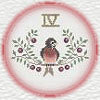
 "Four calling birds" was representative of the Four Gospels which sing the song of salvation through Jesus Christ and/or the Four Evangelists: Matthew, Mark, Luke and John. 
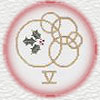
 "Five golden rings" was representative of the first Five Books of the Old Testament (also known as the "Pentateuch" or the "Books of Moses") which relate the history of mankind's fall from grace and chronicle the law condemning humankind for their sins. 
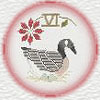
 "Six geese a-laying" was representative of the Six Days of Creation. 
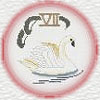
 "Seven swans a-swimming" was representative of the "Seven Gifts of the Holy Spirit" or the Seven Sacraments of the Catholic faith (I Corinthians 12:8-11; Romans 12; Ephesians 4; 1 Peter 4:10-11). 
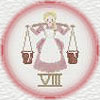
 "Eight maids a-milking" was representative of the Eight Beatitudes. 
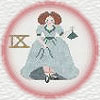
 "Nine ladies dancing" was representative of the Nine Choirs of Angels or the Nine Fruits of the Holy Spirit, namely: love, joy, peace, longsuffering, gentleness, goodness, faith, meekness and temperance (Galatians 5:22-23). 
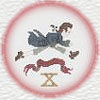
 "Ten lords a-leaping" was representative of the Ten Commandments. 
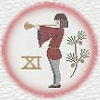
 "Eleven pipers piping" was representative of the eleven faithful Disciples. 
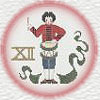
 "Twelve drummers drumming" was representative of the twelve points of belief or doctrine in the Creed of the Apostles:
 Back Home Next |